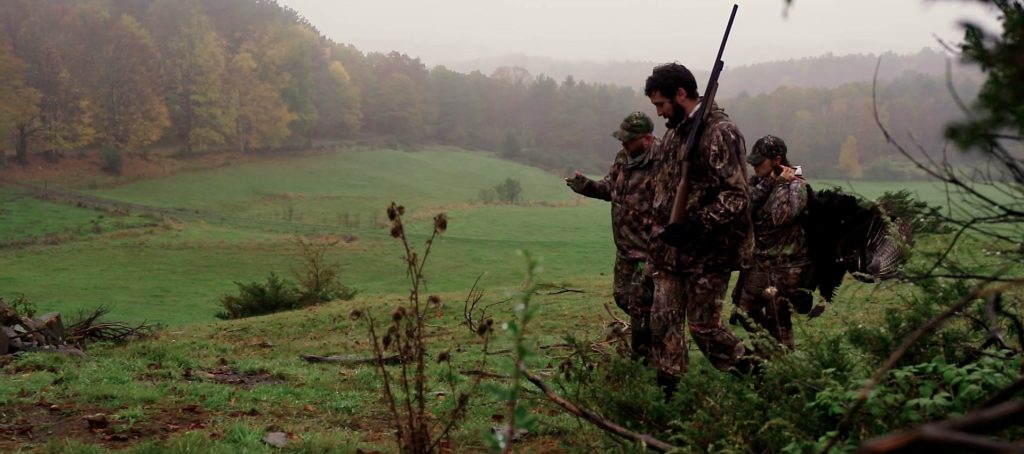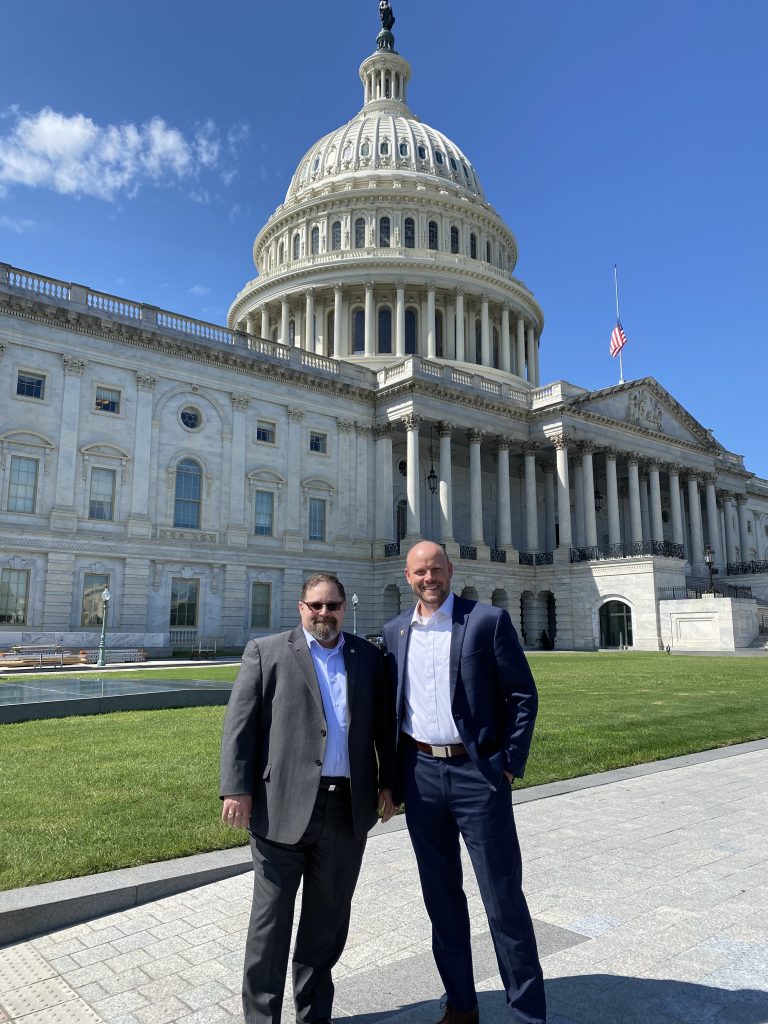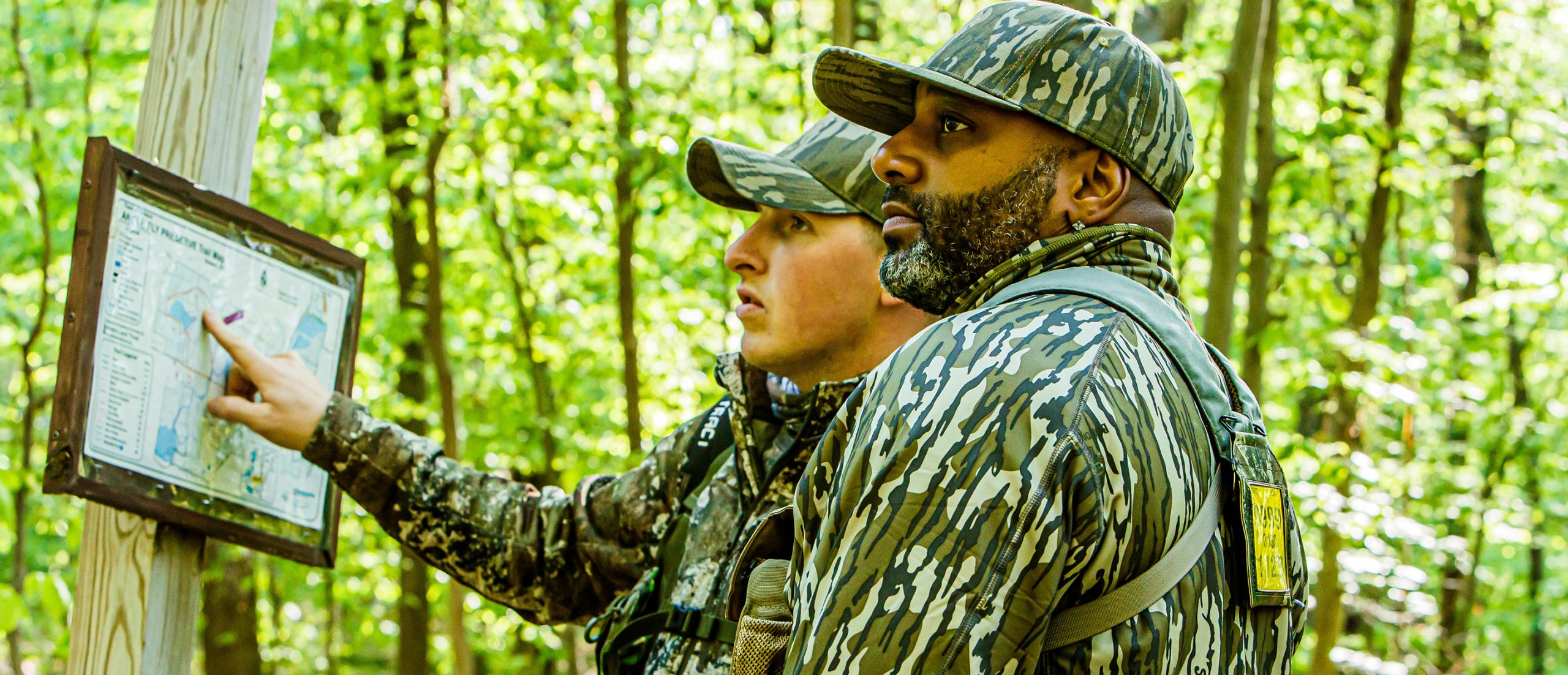Hunting is Conservation
One of the main areas of emphasis of NWTF’s Conservation Week is to challenge people to participate in America’s conservation story by taking someone new hunting. For those unfamiliar, that begs the question, what’s the underlying link between conservation and introducing newcomers to hunting?
The NWTF mission is often viewed as having two distinct components: conservation and hunting heritage, but they are inextricably connected.
In 1820, about 5% of Americans were living in cities. After only 40 years, 20%of Americans lived in an urban environment. This increase is the most considerable demographic shift in American history.
To feed and furnish this new mass of people, markets for wildlife and other natural resources skyrocketed. Development and the reckless taking without any regulation left certain species on the brink of extinction; the wild turkey was surely not too far behind (imagine not hearing gobbles in the spring).
Then came along visionary conservationists, many of whom loved to pursue game but knew firsthand the effects of unregulated natural resource use ― renowned figures like George Bird Grinnell and President Theodore Roosevelt, whom the Wildlife Society recognizes did more to conserve wildlife than any single individual in U.S. history.
Roosevelt, Grinnell and many other hunters would create a framework that makes people who pursue game its most staunch advocate. Folks who view hunting negatively often see this as paradoxical – “you conserve these species so you can hunt them?” That line of thinking is only a small part of the equation. To paraphrase a comment made by MeatEater’s Steve Rinella, hunters care about an individual deer, but they care far more about the health of the herd.
Hunting as a conservation framework ensures the health of the herd, flock, covey or whatever collective phase you’d like – the overall health of our wildlife.

In 1937, the Federal Aid in Wildlife Restoration Act, commonly known as the Pittman-Robertson Act, solidified hunters as the champions of wildlife. The bill created a federal excise tax on firearms and ammunition, which to this day provides matching funds to states for the acquisition, restoration and maintenance of habitat for the management of wildlife and for research concerning wildlife management.
The Pittman-Robertson Act would become even more robust thanks to the Federal Aid in Fish Restoration Act of 1950, commonly referred to as the Dingell-Johnson Act. The extension of the Pittman-Robertson Act uses a general tax on sport fishing equipment to raise funds that are made available to states for the restoration and management of sport fisheries.
To date, hunters have contributed more than $5 billion to state wildlife habitat projects through this funding structure.
Additionally, money purchased through hunting and fishing licenses provides additional monumental funding every year. The millions of Americans who buy a hunting license annually generate hundreds of millions of dollars for state natural resource agencies. This is why the NWTF sees creating new hunters as being vital to our future existence.
The NWTF also actively fights for legislation that bolsters and continues this framework of our conservation forefathers. The organization’s staff works in unison with its volunteers, partners, and state and federal policymakers to identify and engage on issues that impact wildlife management, land conservation and hunting rights. The NWTF fights both on a state and federal level for laws and regulations that protect and bolster the rights of American hunters and ensures its ability to deliver conservation effectively and efficiently on the landscape.

Looking at the NWTF’s mission, the conservation of the wild turkey and preservation of our hunting heritage, each component is equally important and works hand-in-glove.
For the NWTF’s Conservation Week, there are many ways to participate in conservation efforts; introducing someone to the outdoors is one of the greatest gifts you can give someone while being part of the solution.
